Orla Synagogue
A symbol of the former power of the Jewish community in Orla, and one of the few traces of Jews’ long presence is the synagogue, rising in the center of the town. It is also the most important monument of the area. The brick synagogue was founded in the 2nd quarter of the XVII century. Archaeological research confirmed, however, that at the same place before 1616 there had been a wooden synagogue. According to some sources, the synagogue was rebuilt from a pre-existing Calvinist church as Orla was, in the XVI-XVII century, an important center of the Protestant movement. According to legend, princess Radziwiłł suggested that Jews from Orla purchase the church building, provided that in one night they would gather 10 thousand groschen (silver coins). The Jewish community collected the required amount in just one hour. Although the Calvinist church did exist in Orla, the synagogue was established as a separate building, so the historical source of its romantic beginnings remains unconfirmed.
The Synagogue combines two overlapping patterns of synagogue architecture. On the one hand, the rectangular room, with no windows, the vestibule and a special room for women signify the influence of the Renaissance style. It is also highlighted by its defensive character. On the other hand, the interior design, including the location of the pulpit between brick columns indicates that the temple builders also benefited from baroque patterns. In the next two centuries, Orla synagogue was rebuilt several times. In the 2nd half of the XVII century a new facade and front porch were added. A hundred years later wooden porches were added on both sides, which were replaced by stone porches in the mid XIX century. In the early XIX century there were two staircases added to the gallery and the facade of the synagogue received a classical design. There was a triangular pediment with friezes on two columns. Over the entrance the inscription in Hebrew read: ”How awesome is this place! This is none other than the house of God”. The synagogue had a beautiful interior and the most distinctive feature was the great Aron Ha-Kodesh, the place to keep theTorah. The walls were painted with colorful frescoes mainly with animal and plant motifs, which intensified the impression of the size of the place.
The importance of the synagogue in Orla can be highlighted by the fact that in 1864 in the entire Grodno Guberna, out of 71 synagogues, only 21 were brick (in the neighboring city of Bielsk wooden synagogues existed only). The synagogue survived until the 2nd World War. In 1879, it was partially destroyed as a result of a fire, but the damage was repaired. During the 1st World War the synagogue served as a German military hospital. The synagogue complex consisted not only of the brick synagogue, but also included the mikvah, the rabbi's house and the two beautiful wooden houses of worship. Presumably, they began to be erected in the XVIII century. The inventory of 1772, next to the brick synagogue also mentions a wooden one. Unfortunately, in the great fire of Orla in 1938 the two wooden synagogues were destroyed. The brick temple was also damaged (the roof burnt), but was quickly repaired.
The worst devastation was caused during the 2nd World War. Germans destroyed the Aron Ha-Kodesh. After removal to the ghetto in Orla (4 November 1942) the synagogue served as a storehouse for items and property stolen by the German soldiers from the Jews.
After the 2nd World War the building was not properly secured and its devastation continued. For some time it was devoted to stock, including such materials as chemical fertilizers, and then it stood empty. Inadequate preparation for a future renovation almost completely destroyed the frescoes. Now only small fragments are left. To the right of the main entrance remained a small stone plaque embedded in the wall, which reads in Yiddish: It is forbidden to urinate on the walls of the synagogue Bet ha-midrash (houses of study).
Since 1983 the synagogue in Orla has undergone some minor renovations. The aim was to place the cultural center inside. Due to financial reasons the idea has not been realized. A few years ago a facade of the building was restored, where various events for the local community take place. In 2010, the synagogue, owned by the municipality of Orla, was acquired by the Warsaw-based Foundation for the Preservation of Jewish Heritage in Poland. A comprehensive renovation is planned and it will finally serve cultural purposes.
Wojciech Konończuk

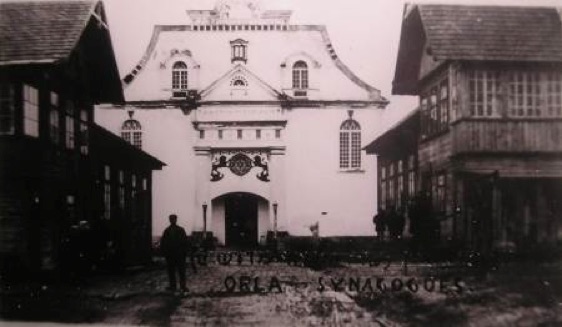
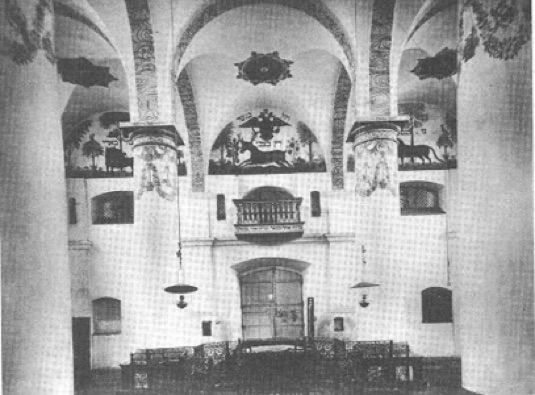


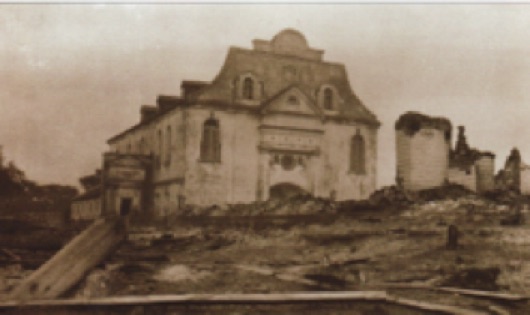
Beautiful XVII-century synagogue and two wooden synagogues in Orla in a photo taken in the 1930s.
Magnificent Aron Ha-Kodesh in Orla’s synagogue, photo taken in 1915.
Synagogue in Orla after the great fire in 1938.
Interior of Orla’s synagogue. Photo taken before 1939.
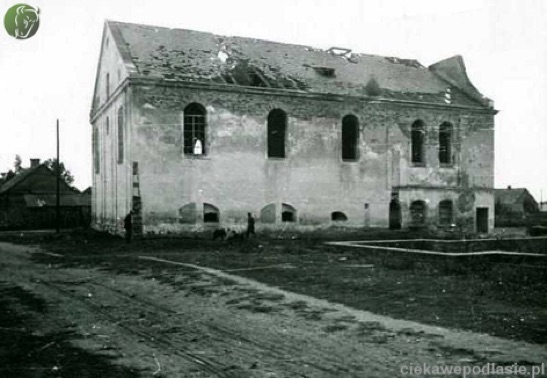
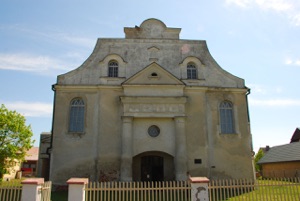
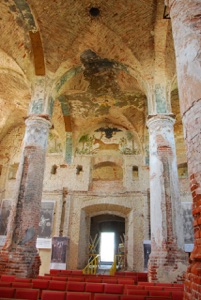
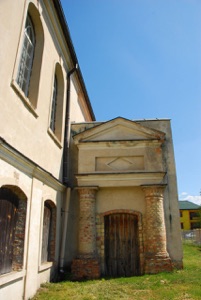
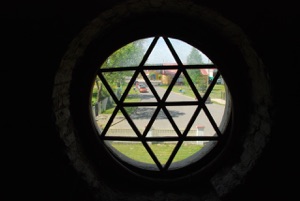
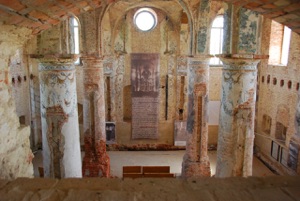
Eli’s photos in 2011 and 2012
Synagogue in Orla directly after the 2nd World War
Copyright © 2013 Eli Rabinowitz

